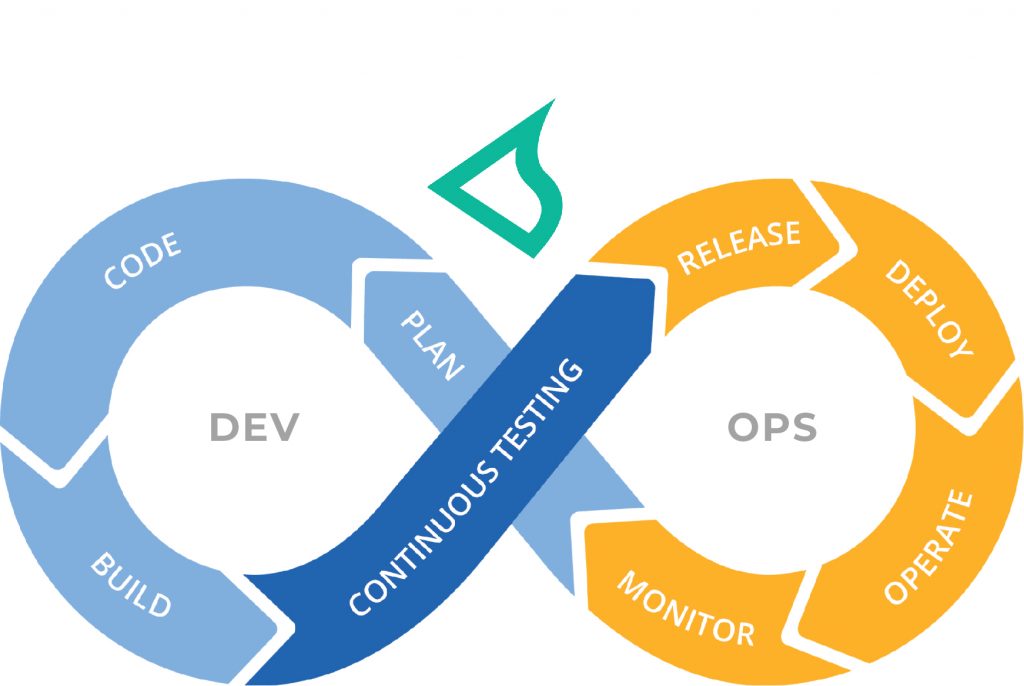SOLUTIONS - FOR DEVOPS
Interconnections as Code

EMPOWERING DEVOPS TEAMS
Join Top-Performing Organizations and Embrace DevOps Practices
According to a recent survey of CIOs, DevOps practices have been adopted by more than half of the top-performing organizations. As this trend continues, DevOps practices are beginning to be applied wherever Operations and Development teams meet, but teams have inherently conflicting needs.
Developers are pushing for tighter integration with the network to rapidly prototype, and test solutions. They need a testing environment that matches production so they can stress it until it fails. Network operations teams need automation to keep up with demands, full control of infrastructure, and the ability to push from test to production quickly.
How do you balance these needs and run an effective DevOps organization?

EMPOWERING DEVOPS TEAMS
Join Top-Performing Organizations and Embrace DevOps Practices
According to a recent survey of CIOs, DevOps practices have been adopted by more than half of the top-performing organizations. As this trend continues, DevOps practices are beginning to be applied wherever Operations and Development teams meet, but teams have inherently conflicting needs.
Developers are pushing for tighter integration with the network to rapidly prototype, and test solutions. They need a testing environment that matches production so they can stress it until it fails. Network operations teams need automation to keep up with demands, full control of infrastructure, and the ability to push from test to production quickly.
How do you balance these needs and run an effective DevOps organization?
THE PROBLEM
- Current networking technology, defined by fixed hardware, only supports 'all or none' access and doesn't offer DevOps APIs.
- This leaves setup, troubleshooting, and deployment to experts and granting custom access to developers is nearly impossible.
abc
A NEW APPROACH
New networking technology needs to be built with the user in mind. Those that utilize microservices architectures can provide complete isolation of network traffic flows at the packet level which means:
- Configuring custom access can be done simply via software with DevOps APIs
- Setting up test environments identical to production environments for developers to 'fail fast' is easy
- Pushing from development to production is merely a user configuration action in the software

